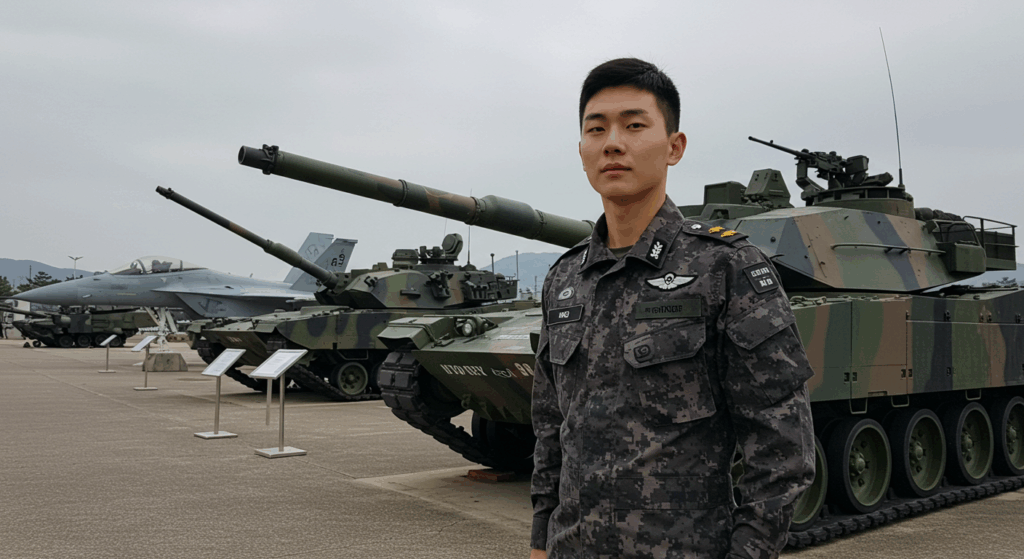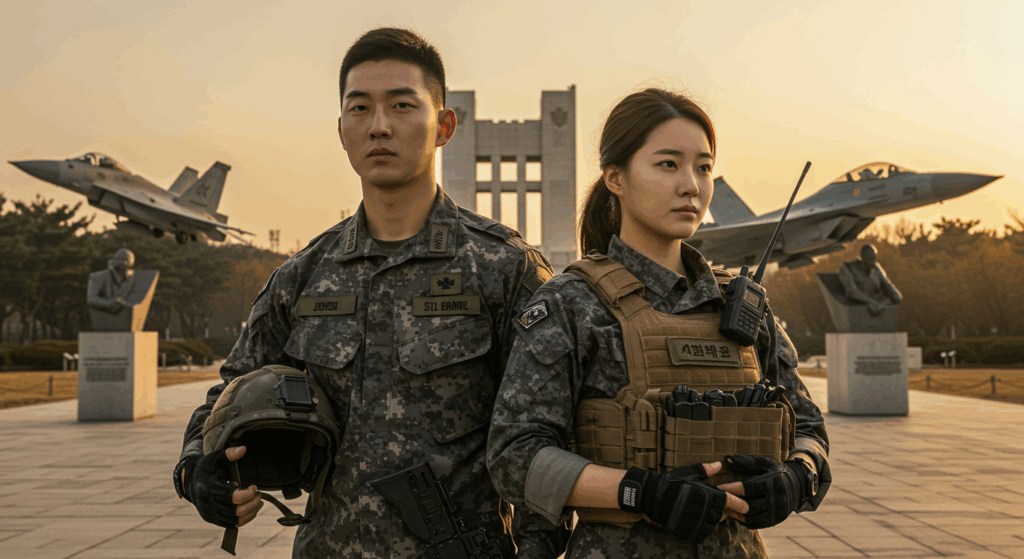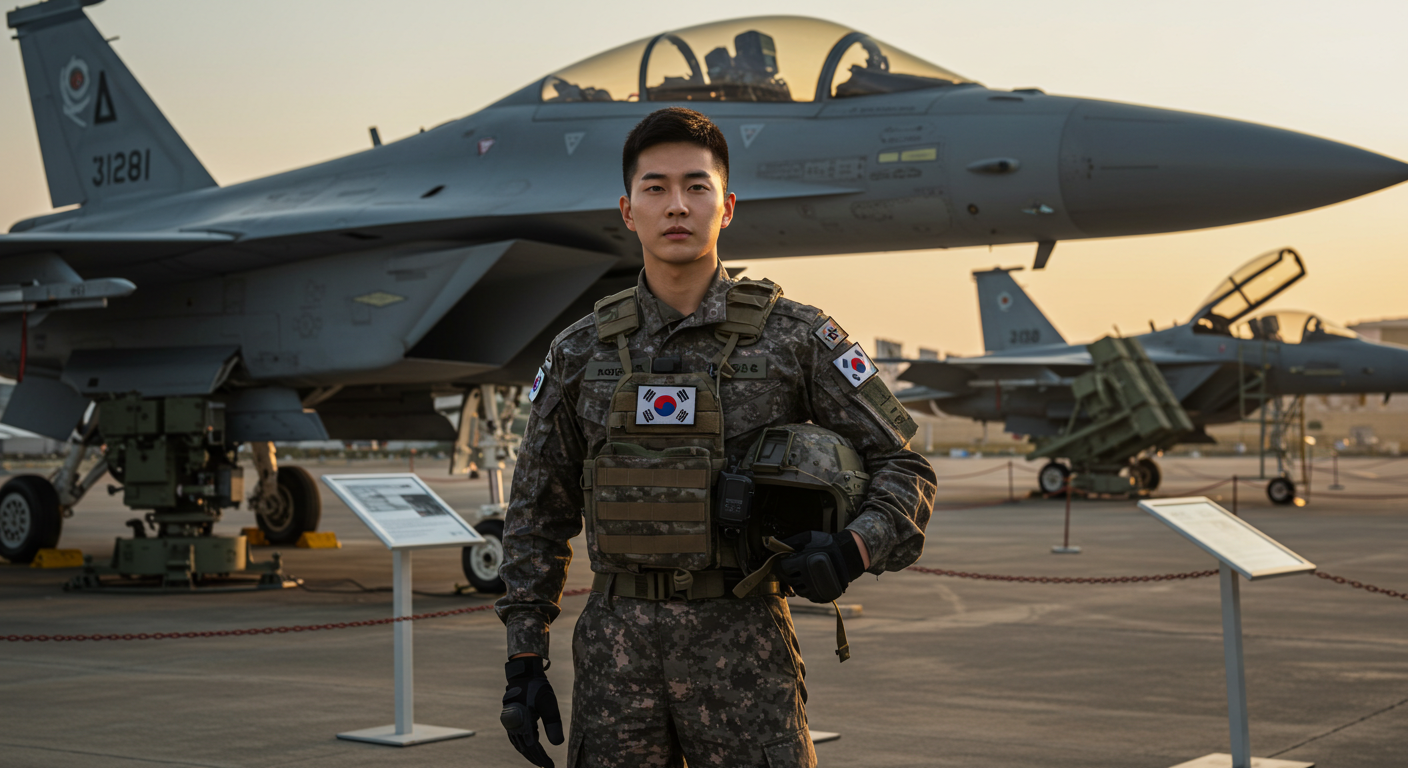How Did Korea Become a Defense Export Powerhouse?
In 1910, Korea was forcibly annexed by Imperial Japan, losing its sovereignty, culture, and economy. The stories I heard from my grandparents growing up were filled with pain and hopelessness.
But Korea today? It’s a whole different story. Just a century later, the same country with no independence or military of its own is now exporting high-tech weapons around the world.
From “Cheap Alternative” to Globally Trusted Weapons
Korea’s leadership in K-Defense didn’t happen overnight. It’s the result of decades of R&D, strategic investment, and international collaboration.
There was a time when Korean-made systems were seen as “budget-friendly backups” to Western weapons. But now?
Accuracy, reliability, and real-world performance have made Korean systems the top choice—not for being cheap, but for being proven and effective.
| Year | Export Value | Countries Supplied | Key Products |
|---|---|---|---|
| 2010 | $1.2 billion | 5 | K9, T-50 |
| 2022 | $17 billion | 23+ | K9, K2, FA-50, Chunmoo |

K-Defense Flagships Leading the Global Market
K9 Thunder (Self-Propelled Howitzer)
Over 60% global market share.
Operational in NATO countries like Poland, Finland, and Norway—high mobility and precision.
K2 Black Panther (Main Battle Tank)
Equipped with advanced fire control, active protection, and adaptive suspension.
Attracting serious attention from Europe and the Middle East.
FA-50 (Light Combat Aircraft)
Lightweight, affordable, and easy to operate.
Ideal for countries replacing aging Soviet or Chinese jets.
Having seen these systems up close at a defense expo, I can say—they’re not just sleek, they feel combat-ready.
What Does “6th Strongest Military” Really Mean?
In 2024, Global Firepower ranked South Korea as the 6th strongest military in the world.
But this ranking goes beyond headcount.
It reflects a comprehensive defense infrastructure: cyber units, satellite systems, missile defense, and state-of-the-art manufacturing.
Coming from a country that once had no military at all, this transformation is truly awe-inspiring.
What Makes K-Defense Truly Different?
Korea’s defense sector isn’t just about high-quality weapons. It’s about delivering practical value to partners.
- Fast delivery and responsive support
- Customized training programs
- Technology transfer options
- Long-term cooperation models
A friend of mine in Southeast Asia working in procurement told me that price wasn’t the key reason they chose Korean systems. It was Korea’s flexibility and understanding of developing countries’ needs.
Korea has walked that road—and it shows in how we support others.

Turning Pain into Strategy: Korea’s Rise
K-Defense is more than just an industry.
It’s a symbol of resilience, of a country that turned occupation and hardship into strategy and strength.
We don’t just export weapons—we share a mindset of survival, adaptability, and cooperation.
“We remember our past, but we are not defined by it.”
That’s why the world trusts Korea. Because Korea knows what it means to fight for its future.
🔗 Watching Korea’s Story Together, One Series at a Time
